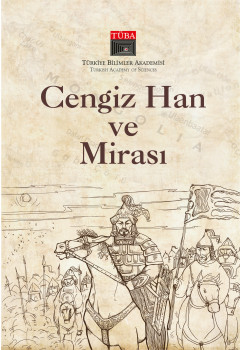Centralization Under Genghis Khan and His Descendants

Centralization Under Genghis Khan and His Descendants
Genghis Khan is the genius of the century he lived in and the founder of the greatest known political establishment in human history. In addition, the name Mongolian-Turkish Empire has been used since the beginning of this great empire founded by Genghis Khan, which was based on the Turkish state tradition. Horse-riding (equestrian) nomadic lifestyle that has been practiced for centuries in this geography has been the cultural and political basis of this empire.
However, over time, they took their place in history as established political organizations. Therefore, this period is defined as the centralization period of the Mongolian-Turkish Empire. Genghis Khan’s childhood passed with troubles and his youth with unimaginable struggles. It is because Timuçin did not experience a life preparing him to the throne, like the children of rulers. Genghis Khan’s struggle was with his own tribe and boy, budun and other tribes in the region. In the following period, he organized an expedition on the Chinese Empire, which was a source of threat, danger and even booty for the horse-riding-nomadic peoples in Central Asia, and subsequently, he launched a western expedition. Genghis Khan, while still alive, shared his country among his sons by the method of Ulus Verme.
Genghis Khan’s practice of centralization became more systematic during the periods of his son Ögedey Khan and his grandson Mengü Khan. The struggles between the sons of Cuci and the sons of Tuluy in the West, namely the Golden Horde-Ilhanli, following are themes touched upon in this study. Because the Ilkhanate, Byzantine and Papacy were forming a bloc politically in the Western world and a similar bloc formation occurred between the Golden Horde, Seljuks of Turkey and Mamluks in Egypt in the same period.
